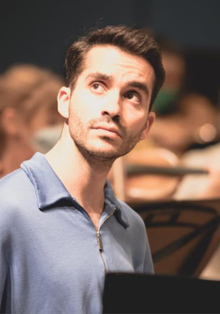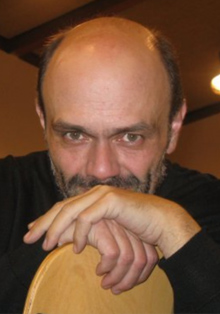The Sevillian pianist Juan Pérez Floristán, recent winner of the Arthur Rubinstein International Piano Competition, returns to the Ciclo de Grandes Intérpretes next Tuesday 15th November in the Symphonic Hall of the Auditorio Nacional de Música in Madrid, at 7.30 p.m., thanks to the Fundación Scherzo.
The concert covers a whole amalgam of colours and sounds typical of 19th century pianism. The first part will be entirely devoted to bel canto made piano with Chopin’s 24 Preludes, op. 28. Composed practically in the last years of the composer’s life and in which we can observe that dichotomy typical of the Polish composer between the fully pedagogical and the purely musical. Short, ephemeral works, which intertwine like single verses and disappear in a few seconds.
From Chopin’s back-and-forth, Floristán plunges fully into Liszt’s frenzy with Years of Pilgrimage “Italy”. From this musical suite, the Sevillian pianist will paint his first two paintings: ‘Lo sposalizio’, inspired by Raphael’s painting of the same name The Marriage of the Virgin, and ‘Il Penseroso’, based on Michelangelo’s Thinker. From the more descriptive Liszt, he will delve into his transcriber side with an arrangement of ‘Isoldes Liebestod S 447’ from Richard Wagner’s Tristan and Isolde.
The recital will conclude with possibly the most Schubertian of Schubert’s sonatas, the Wanderer fantasie in C major D 760. A work of colossal character, which requires all the technical skills of the performer and whose title, Wanderer’s Fantasie, was dubbed some time later as a consequence of the melody that stars in the Adagio, taken from the lied Der Wanderer D 489.







